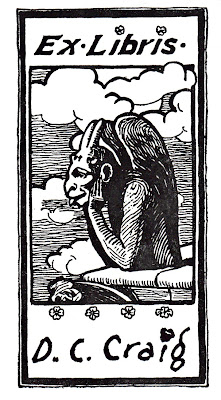Transamerica Pyramid (1972), designed by William L. Pereira & Associates. At 850 feet, this is the tallest building in San Francisco.
California Academy of Sciences (2008), designed by Renzo Piano.
In homage to the topography of San Francisco, the Academy's green roof sustains seven undulating hillocks planted with grass and native plant species, and punctured with portholes that swallow sunlight to help illuminate the museum. The green roof keeps the facility 10 degrees cooler than a standard roof.
Bank of America (1971), designed by Wurster, Bernardi & Emmons, and Skidmore, Owings & Merrill; with Pietro Belluschi, design consultant. This 52-story skyscraper has thousands of bay windows bordered with both polished and rough carnelian granite.
For the vertically faceted design of the Bank of American skyscraper, Belluschi drew inspiration from one that went up four decades earlier--the nearby 26-story Art Deco tour de force known as the 450 Sutter Building, designed in 1929 by Timothy L. Pflueger.
"Neo-Mayan" entrance to the 450 Sutter Building.
The contorted 144-foor tower of the M. H. de Young Memorial Museum (2005), designed by Herzog and de Meuron and Fong + Chan. Clad in perforated and dimpled copper plates by Zahner, the facade will over the years patinate into verdigris to complement surrounding vegetation.
One of the five similarly designed office towers that are part of Embarcadero Center (1971-1976), designed by John Portman.
Fountains in a mid-cen design vein burble throughout Embarcadero Center.
A few miles from San Francisco is the Marin County Civic Center (1962), designed by Frank Lloyd Wright.
The Civic Center was Wright's last commission, construction beginning a year after his death.
The 1997 sci-fi film Gattaca used Civic Center interiors like this one, helping it earn an Oscar nomination for Best Art Direction.
Across San Francisco Bay in Berkeley is First Church of Christ, Scientist, Bernard Maybeck's Arts and Crafts masterpiece of 1910.
What makes Maybeck a Modernist? His deft capacity to meld wildly disparate styles--medieval European, Japanese, Nordic, Celtic, Mission and Shingle Style architecture--into a consummate, utterly fresh ensemble, as exemplified by the sanctuary of First Church of Christ.
To look at a related post, visit: Modernism in San Francisco



















































